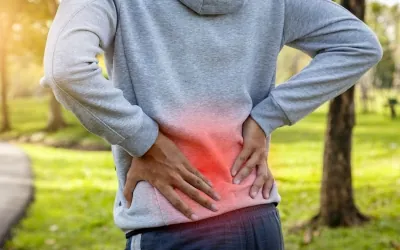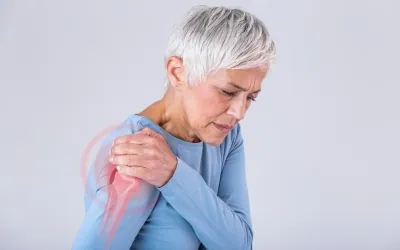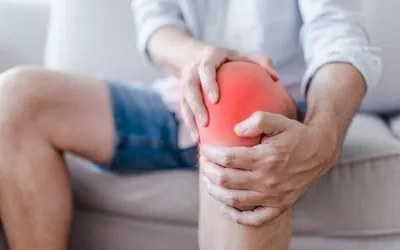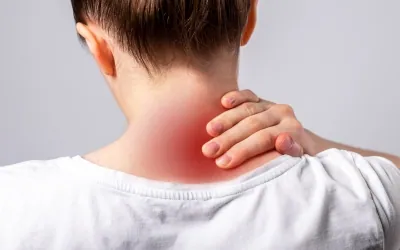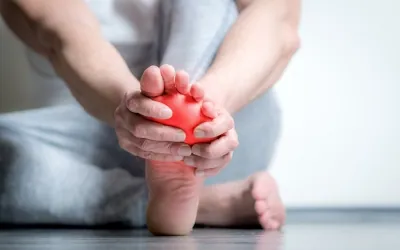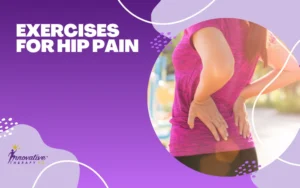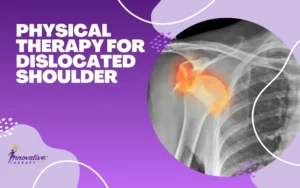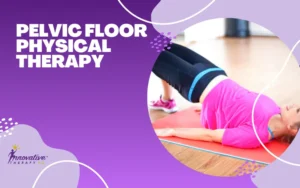Physical Therapist Dallas

Visit our state-of-the-art physical therapy clinic in Dallas, TX for one on one individualized therapy care.




Thousands of patients ❤️ Innovative Therapy PC
Outstanding gifting in the area of healing and wellness. Most places get you in and out, as if checking a box, but you have to keep going back forever because the root cause does not seem to get fixed. Well, Mary has a remarkable gifting that allows her somehow to figure out what is really going on, and she gets results, Thank goodness for people like this!mattis, pulvinar dapibus leo.
Truly innovative physical therapy. Mary can take someone who has been told they simply have to live with the pain and help them reconnect to their body so that they can get back to living life with less or even no pain. Each person really is treated as a unique individual and has specific processes and methods devised for them so that their results are simply astonishing.
Mary is the first occupational therapist who has ever told me where it hurt rather than asking me. She knew the exact places on my body that were injured as a result of my accident. I was only aware of one problem area, but she was able to help me understand how the body functions as a whole. That’s also the approach she uses toward helping the body heal. She is a natural. Her method is extremely effective.
Services We Offer
A better way to access expert back and neck care
Schedule your initial virtual visit and start the journey to back and neck pain relief — when and where it’s convenient for you.
Next day appointments are available.





Mary Thomas, P.T.
Mary Thomas has treated patients since 1998 and has helped over 7,000 people find relief for their chronic pain.
Mary has helped cancer survivors improve their quality of life after treatment.
She has worked with infants and children all the way up to people in their 90s.
Her adventures have taught her that the impossible isn’t always permanent and that people set their own limits. Mary wants everyone to understand that they can go from functional limitations to powerful moves.
Her mission is to bring the BODi Power System™ to everyone who wants to move well, and usually better than they ever imagined.
Get Your Free Consultation Today!
Our Physical Therapy Process

Get Appointment

Meet With Our Therapist

Diagnostic Observation
Begin Therapy Service
What Client Say
Reason We’re #1 Physical Therapy Clinic in Dallas
Expert physical therapists
Over 3,000 licensed outpatient therapists are ready to come to you.ulvinar dapibus leo.

Mary Thomas P.T.
Specializes in:
Physical Therapist, Orthopedics

Mary Thomas P.T.
Specializes in:
Physical Therapist, Orthopedics

Mary Thomas P.T.
Specializes in:
Physical Therapist, Orthopedics
Benefits Of Physical Therapy Dallas
Physical therapy at Innovative Therapy PC offers many benefits, perfectly blending expert care with personalized treatment plans.
Our approach effectively manages pain, enhances mobility, and accelerates injury recovery, making it ideal for various conditions.
Whether you’re dealing with age-related issues, seeking to improve athletic performance, or recovering from a stroke, our specialized programs are designed to meet your unique needs.
Our therapy focuses on physical rehabilitation and contributes to your overall mental well-being, helping reduce stress and anxiety.
By choosing Innovative Therapy PC, you’re opting for a path that may reduce the need for surgery and medication, leading you toward a healthier, more active lifestyle.
Our commitment to your health and wellness makes us a trusted partner in your journey to recovery and improved quality of life.
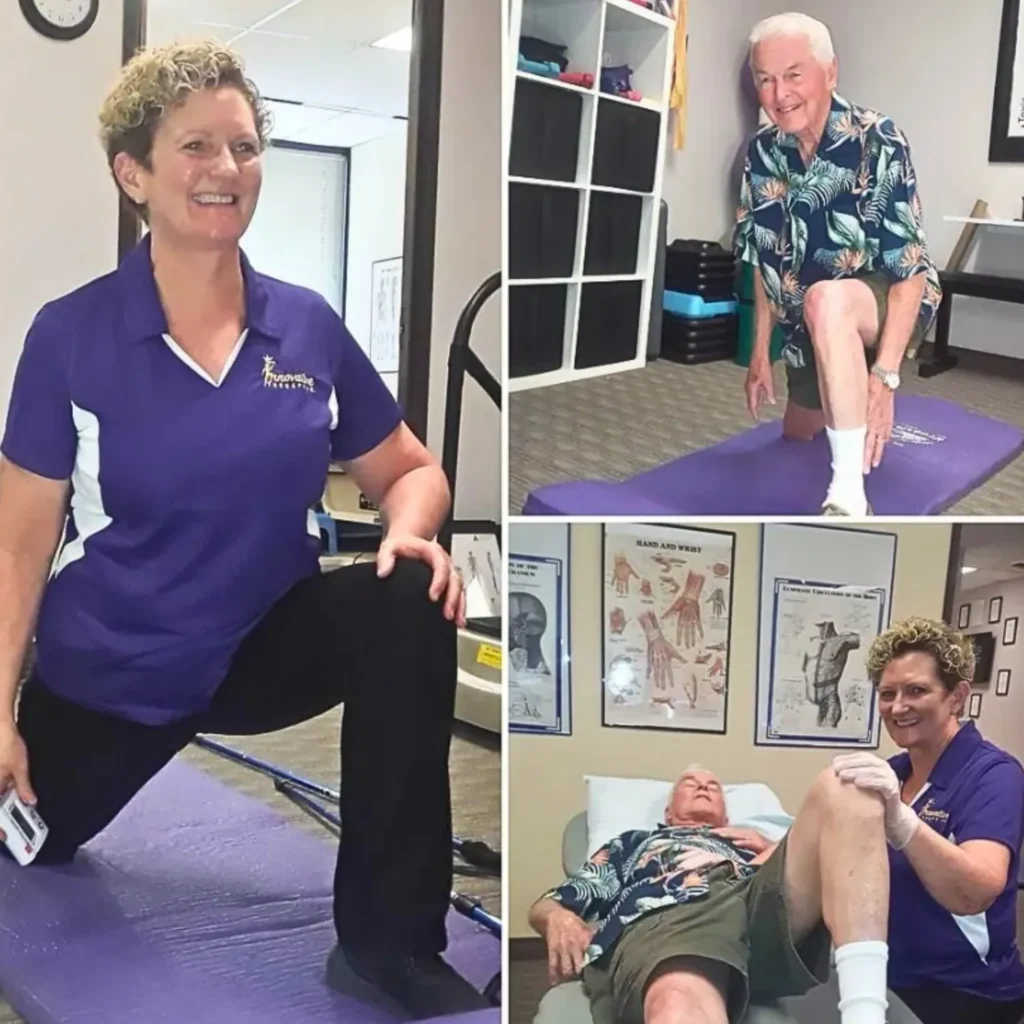

My Approach & Philosophy
My philosophy is that the body can and does heal itself. When we give it the right support it can and does heal itself faster.
What is the right support?
Asking the body through tests and using a scoring system to allow your body a method of communication. Using this information to develop a treatment plan allows your body to lead the process.
90% of our movement happens on a subconscious level. Actual healing occurs by including this subconscious part of our brain and integrating the muscles, joints, and other body parts while restoring healthy movement.
Why Choose Innovative Therapy PC?
Innovative Therapy PC stands out in the realm of physical therapy and pain management for several compelling reasons:
- Personalized Care: Each patient receives a tailored treatment plan to meet their needs and goals. This customized approach ensures more effective and targeted therapies.
- Wide Range of Specializations: We address various conditions, from everyday issues like back and neck pain to more specialized concerns such as sciatica, SI joint pain, and lymphedema. Our expertise extends to managing complex cases, including post-surgical recovery and tendon injuries.
- Expertise in Pain Management: Our team possesses in-depth knowledge and experience in managing various types of pain, whether chronic conditions like osteoarthritis and tendonitis or acute discomfort from injuries or wrong sleeping positions.
- Progress Monitoring: We don’t just set a treatment plan and leave it at that. Regular progress monitoring is integral to our approach, ensuring that treatments remain effective and are adjusted as needed for the best outcomes.
- Holistic Approach: Understanding that pain management and recovery go beyond physical treatment, we incorporate holistic strategies to address all aspects of a patient’s well-being.
FAQs
Physical therapy is a healthcare service that focuses on improving mobility and relieving pain. In contrast, a physical therapist is a licensed professional who provides these services.
In Texas, only licensed physical therapists can perform physical therapy. At Innovative Therapy P.C. in Dallas, our team of licensed professionals is dedicated to providing top-notch physical therapy services, ensuring you receive expert care compliant with Texas regulations.
We believe that each patient in Dallas deserves a unique treatment plan. Our approach includes a thorough assessment of your condition, setting personal goals, and closely monitoring your progress, ensuring a tailored experience throughout your physical therapy journey.
Our commitment to personalized care, extensive experience in a variety of physical therapy techniques, and our dedicated focus on helping each patient achieve a pain-free life set us apart in the Dallas physical therapy community.
Absolutely. We specialize in treating sports-related injuries for athletes in Dallas, offering targeted therapies for muscle, joint, and tendon injuries to help you return to your sport safely and effectively.
Each session’s duration can vary based on your treatment plan. Typically, sessions last between 45 to 60 minutes, but this can be adjusted to meet your specific therapeutic needs.
Blog & Articles
Use my library of pain relief resources to learn more about how I help you heal.


